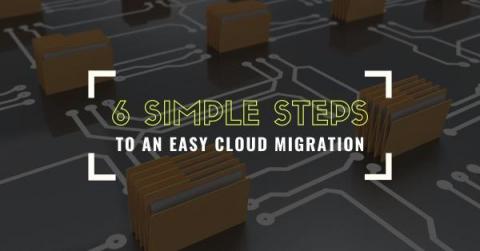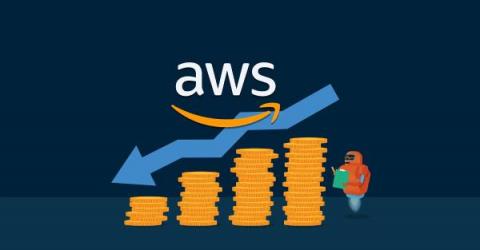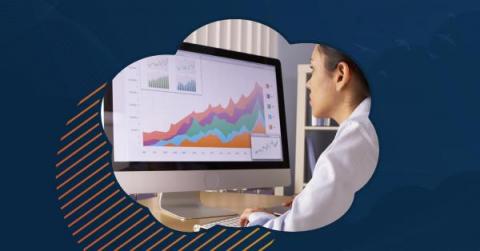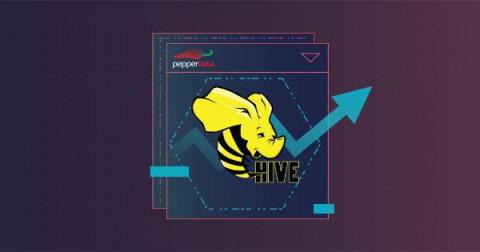What Is AWS MAP? (And How To Get The Most Out Of Your Migration)
In 2021, the most popular vendor in the cloud infrastructure services market, Amazon Web Services (AWS), controlled 32% of the entire market. To encourage more businesses to choose AWS, Amazon started a program to help accelerate migration — the AWS Migration Acceleration Program (AWS MAP). Below we’ll cover the details of the program, the potential financial benefits for companies looking to take part, and how to make sure you get all the financial benefits available.













